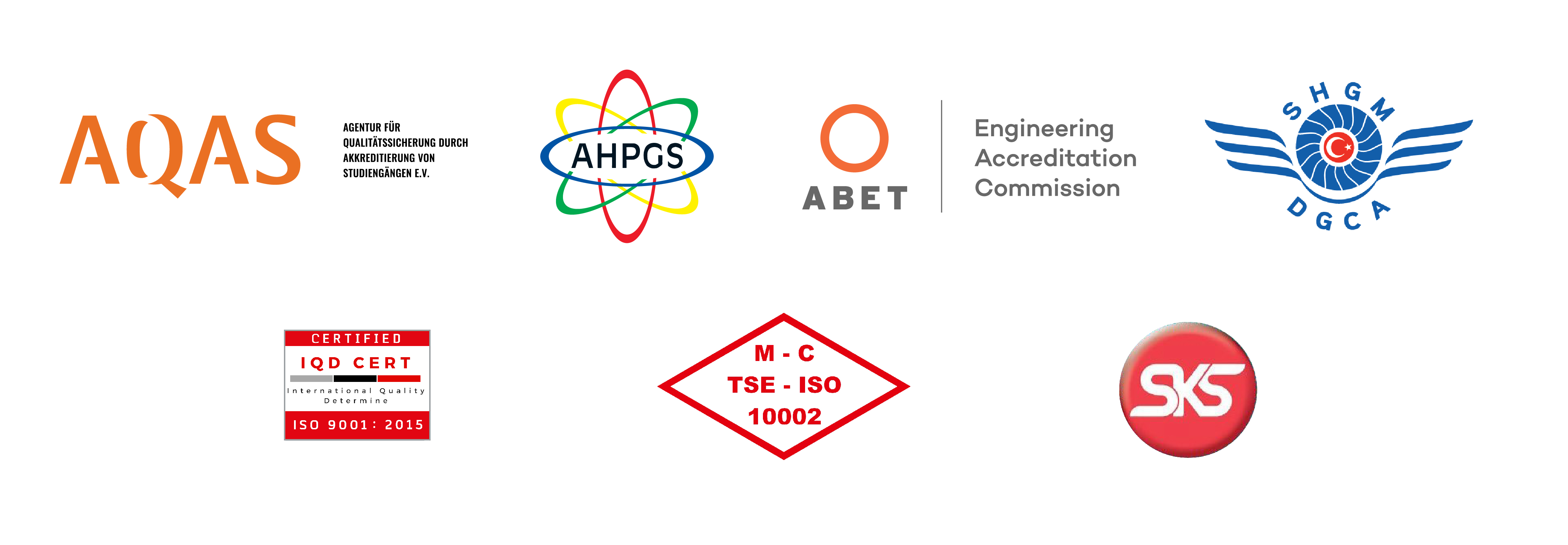Social conflicts are organized in social media
Researcher Murat Topçu, the speaker of the 1st International Asia-Pacific Studies Symposium, stated that there is an intertwined relation between the use of social media and social and regional conflicts and said: “People take to the street by organizing on social media. In other words, social conflicts start on social media.”
The 1st International Asia-Pacific Studies Symposium was held in cooperation with Istanbul Gelisim University (IGU), Kırklareli University Public Diplomacy Application and Research Center (KADAM) and Caucasus Strategic Research Center (KAFKASSAM) ended. The experts presented dozens of papers for two days and discussed the social problems, economic situation and political developments in the Asia-Pacific countries and offered solutions.
63 PERCENT OF USERS ARE ACTIVE ON SOCIAL MEDIA
Murat Topçu, a researcher from Gelisim University who participated in the symposium with his statement ‘Social Media Management and Regional Conflicts’, shared important statistical information on social media. Stating that 42 percent of the world's population is connected to social media via mobile phone and 3 percent is connected via other devices, Topçu said: “As we look at the statistics of Turkey, 93 percent in Turkey, it is seen that our country has quite a high proportion of the number of mobile users, which is 93 percent and that the number of active social media users is above the world average with a rate of 63 percent. While the world population annually increased by 1 percent between June 2018 and June 2019, the rate of social media usage increased by 10 times and the rate of internet usage increased by 9 times during the same period. These statistics show us that internet and social media are intertwined through mobile telephony and that in a future without social media, people will feel ‘blinded’.”
HOW MUCH IS SOCIAL MEDIA USED IN THE WORLD?
Providing information on the varying intensity of social media usage by region, Topçu said: “The social media usage rate is 70 percent in North America, 62 percent in Central America, 66 percent in South America, 53 percent in Western Europe, 48 percent in Eastern Europe, 40 percent in North Africa, 16 percent in China, 12 percent in West Africa, 7 percent in Central Africa, 8 percent in East Africa, and 38 percent in South Africa. These statistics are indicative of the regions in which future trade wars for dominating the digital market, such as mobile telephones, the Internet, and communications infrastructure services, will intensify.”
“CONFLICTS ARE DIRECTED FROM SOCIAL MEDIA”
Emphasizing that social conflicts have increased in parallel with the spread of social media since 2005, Topçu expressed: “Demonstrations and clashes, organized and directed through social media, have turned into rallies and protests, public uprisings and armed conflicts in some countries; caused government changes, military coups as in the Arab Spring. In Tunisia, Egypt, Libya, Bahrain, Algeria, Jordan and Yemen, the incidents were suppressed by the huge amount of deaths. In the suburb of Paris in 2005, the riots, which began after the death of two North African immigrant young people aged 17 and 15 by electric current and spread rapidly, were organized and directed through social media.”
‘WE ARE 99% OCCUPY WALL STREET’ MOVEMENT STARTED IN SOCIAL MEDIA
Giving examples of actions that had attracted attention in the world Topçu continued: “In 2011, 50 thousand people in Madrid, 20 thousand in Barcelona, 10 thousand in Valencia and thousands of other 50 different cities were organized in the actions of the groups, which were started simultaneously and called “Anger”. The ‘We Are 99% Occupy Wall Street’ movement, which started in New York, was launched on social media by several people and found support in 100 cities in the United States and 1,500 cities globally.”
SOME CONFLICTS RESULTED WITH GOVERNMENT CHANGE
Murat Topçu reminding that the common feature of the social conflicts engraved on memories started through social media, said: “Rallies, protests, people, riots and armed conflicts in the Arab world were organized and managed through social media in Tunisia, Egypt, Libya, Syria, Bahrain, Algeria, Jordan and Yemen. This resulted with the change of government in some countries, and with civil war in others. The Yellow Vests movement, which started with more than 280,000 people protesting the government on the street, is the most current and sharpest wave of protests against economic problems in Europe. The nature of the actions, which are mainly based on social media networks, has strengthened the mass and visibility of the Yellow Vests. It is estimated that around 300,000 citizens took part in the first demonstration of the actions that began in Paris. The common feature of all these conflicts is that they are organized and managed by social media. This results in a very tight and intertwined relationship between the use of social media and social and regional conflicts.”
SHARINGS CREATE DIFFERENT IDEA GROUPS
Giving information about the conflict process created from social media, Topçu added: “In the first stage, shares are brought into circulation to reveal individual differences. In the second stage, it is ensured that individuals are formed around different ideologies and groups at the social level by uniting them around certain ideologies. In the third stage, it is aimed to transform the differences that become evident into social fault lines ready to be broken, and in the final stage, to increase individual reactions and resentments. The process is completed by transforming these reactions into real-life demonstrations, social conflicts or regional conflicts through calls made through social media. We call this the ‘Pyramid of Conflict’.”
“EVERYONE CAN CONTROL THE SOCIAL MEDIA WORLD”
Stating that “social media takes on the task of guiding, organizing and linking the formation of the Conflict Pyramid” Topçu ended his words with the following:
“Individuals form their ideas and thoughts about the developments in their country and in the world through the sharing of biased social media in line with certain aims; their attitudes and behaviors and reactions are presented in this framework. So, the question is - ‘Would you drink a water of unknown origin if it was offered to you by someone you do not know?’. The answer is of course no. So why are we putting information from unknown sources into our life and our world of ideas? With this questioning, individuals from many different cultures and thoughts can come together in different environments without being under the influence of sharing on social media and entering into conflict. Everyone can take control of their social media world. It can prevent the reflections of social media content on thought attitudes and behaviors. In this way, it can be stated that the social and regional conflicts in the higher layers of the ‘Pyramid of Conflict’ can contribute to social peace.”
.jpg) Created Date: : Wednesday, October 30, 2019
Created Date: : Wednesday, October 30, 2019
.jpg) Created Date: : Wednesday, October 30, 2019
Created Date: : Wednesday, October 30, 2019







